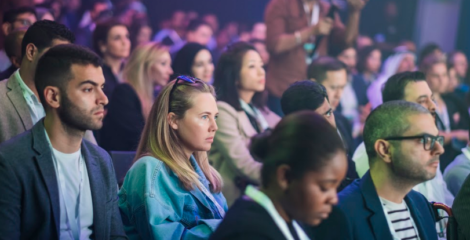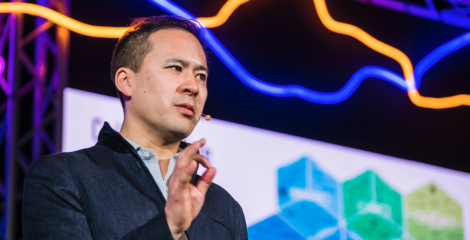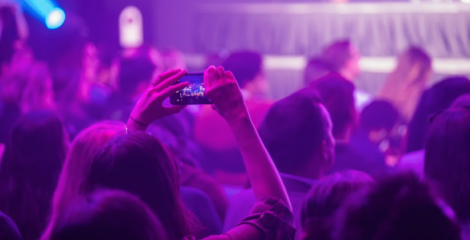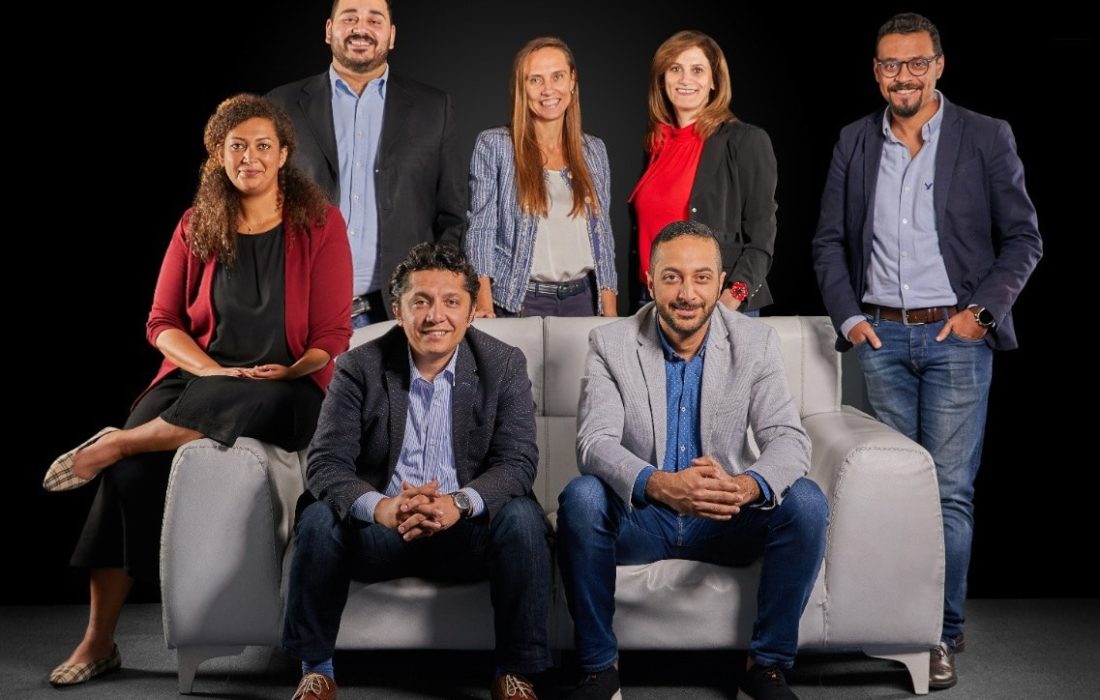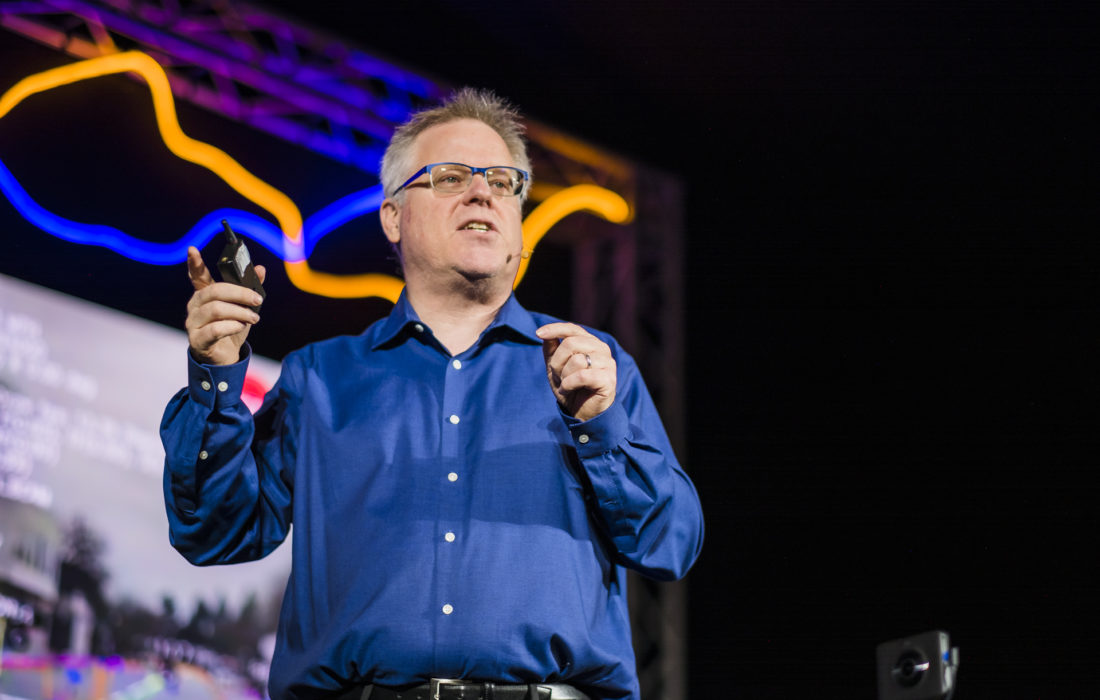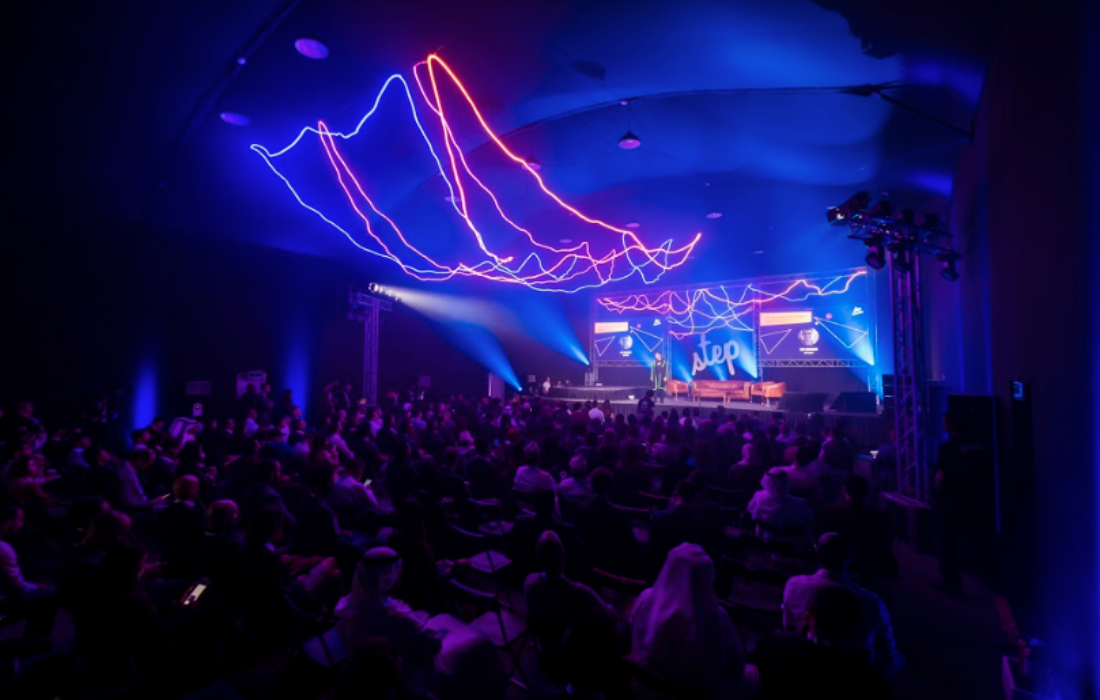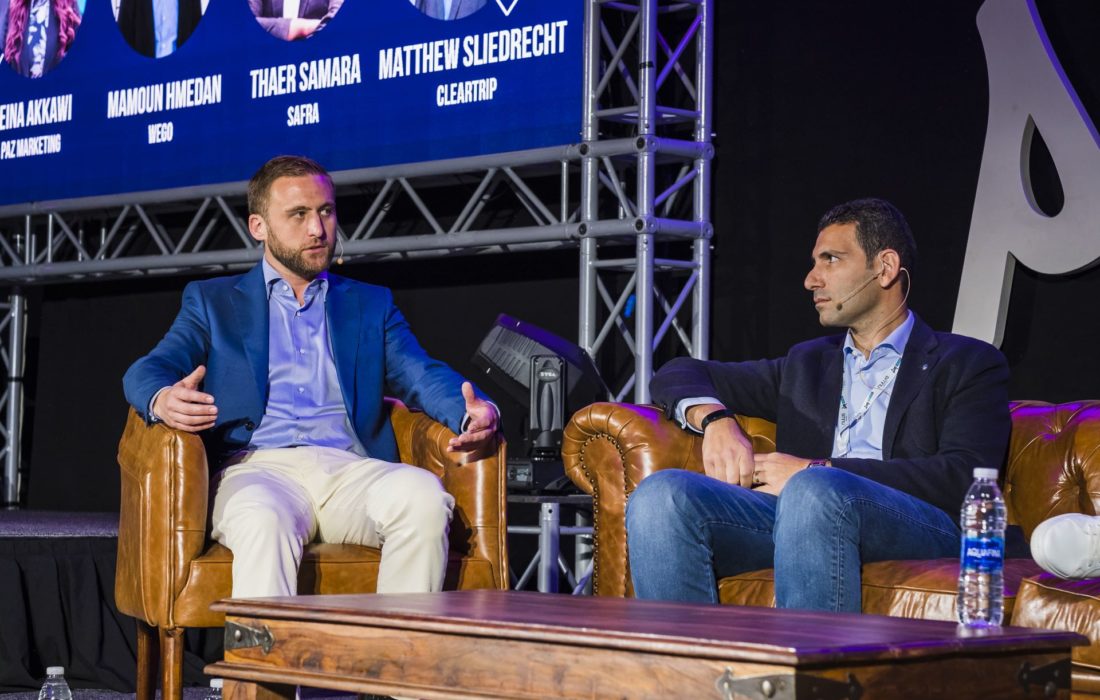Session Name: Ancient Wisdom and New Thinking for Future Humans
Adah Parris, who describes herself as a futurist, keynote speaker, performance artist, and cultural strategist, discussed cyborg shamanism (whom Parris is the creator of) as an alternative model for innovation. To start, Parris stated, “As humans, we’ve always looked to stories, we’ve always looked to something bigger than ourselves to try and help us understand who we are. To try and help us understand how we tell stories of our existence. But also to help us understand how we solve problems – this is nothing new. But we’re in a new era now, and the tools that we’re using are different.” Parris further described how she used the word “cyborg” as “a deliberate provocation and call for us to think about what it means to be human – the ethics, power, responsibility, boundaries and possibilities of what is possible, and what we are capable of.”
“As humans, we’ve always looked to stories, we’ve always looked to something bigger than ourselves to try and help us understand who we are.”
Addah Parris, Futurist and Cultural Innovator
When speaking about the description of the word “shamanism” she described it as “a call to actively seek and find other perspectives, other ways of knowing, and that could be shamanic, quantum, spiritual, algorithmic, or purely by a difference in life or professional experience. All are of equal relevance. I found a new connection between those seemingly juxtapositional worlds. The only difference was their means of exploration, the tool, the technology. And so, Cyborg Shamanism was born.”
She ended her talk with a statement about diversity and inclusion, concluding that it is not just about “how humans organize their social, economic, political and cultural lives. It’s bigger, or smaller than that. On a subatomic level, diversity and inclusion is critical for life, critical for thought and reason to be formed, exist and thrive. So why should our cultures, societies, and politics be any different? How do we use collective intelligence to transform us from where we are to where we want it to be? Ideas are not supposed to be taken into isolation – because everything we are, everything we do, is connected.”
If you see something out of place or would like to contribute to this story, check out our Ethics and Policy section.

